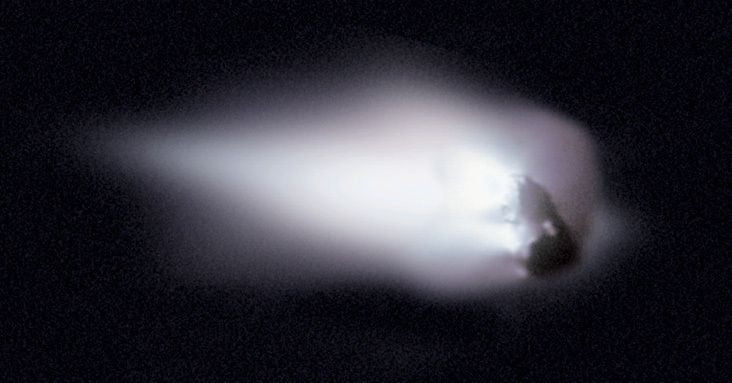How To Watch Comet SWAN’s Closest Approach To The Sun [VIDEO]

KEY POINTS
- Comet SWAN is currently flying close to the Sun
- The comet's flyby will be featured in a live streaming event
- Outbursts were previously detected from the comet's surface
The approaching comet known as SWAN is about to reach its closest distance from the Sun. Those looking to watch the comet’s flyby may do so through the live streaming event hosted by an astronomy organization.
The comet, officially known as C/2020 F8, was first spotted on April 11 by the Solar Heliospheric Observatory (SOHO), a robotic satellite launched through a collaborative effort between NASA and the European Space Agency to study the Sun.
The comet was spotted using the spacecraft’s hydrogen-detecting instrument known as the Solar Wind ANisotropies or SWAN.
The comet has already reached its minimum distance from the Sun. The Virtual Telescope, an observatory based in Italy, will host a live streaming event that will show the comet during its flyby.
According to the astronomy organization, the live stream will commence on May 28 at 7:00 p.m. UTC or at 3:00 p.m. EDT. It can be viewed through the video below or through Virtual Telescope’s website.
As noted by astrophysicist Gianluca Masi of the Virtual Telescope, watching a comet fly across space is an unforgettable experience. Through robotic telescopes, sky gazers will be able to watch as SWAN flies close to the Sun within the confines of their homes.
“Comet C/2020 F8 Swan is now at its minimum distance from our Sun,” he told Express. “We have been waiting for this opportunity for months, now the Virtual Telescope is ready to bring this superb view to you.”
“We will observe comet C/2020 F8 Swan thanks to our robotic telescopes, sharing it live with the world, via the internet, making it possible for you to spot this cosmic snowball from your home,” he added.
As the comet flies close to the Sun, its magnitude or overall brightness will increase. Astronomers believe that the comet might become bright enough to be spotted from Earth using a pair of binoculars.
Previous observations on SWAN detected outbursts from its surface. According to experts, the outbursts do not necessarily mean that the comet is starting to break apart. Instead, the heat from the Sun is probably causing the comet’s icy surface to vaporize.
© Copyright IBTimes 2025. All rights reserved.





















